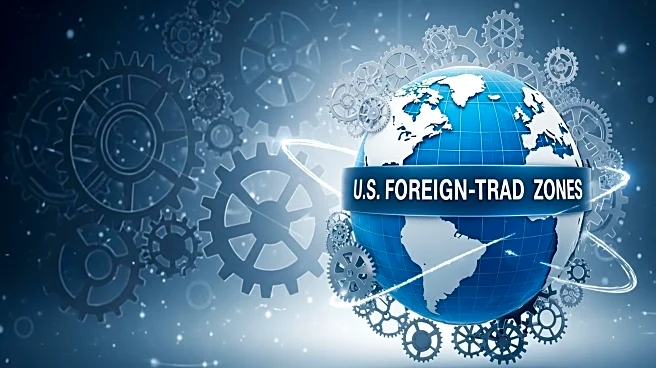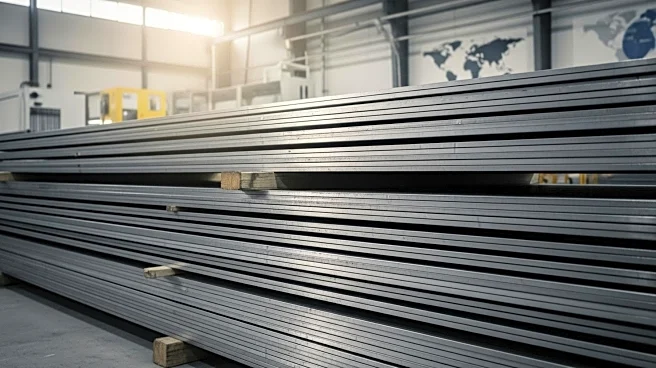What's Happening?
U.S. Foreign-Trade Zones (FTZs) are adapting to new tariff policies and executive actions that have altered traditional advantages. FTZs, secure areas under U.S. Customs supervision, allow companies to defer duties and manage imports and exports strategically. Recent changes include reciprocal tariff frameworks, increased Section 232 steel and aluminum measures, and the end of duty-free de minimis treatment for low-value shipments. These policies affect FTZ operations, limiting tariff inversion benefits and impacting import strategies.
Why It's Important?
FTZs play a vital role in U.S. trade, supporting logistics, production, and export growth. The new policies challenge companies to reassess their trade strategies, potentially affecting cash flow and operational efficiencies. Businesses must navigate these changes to maintain competitiveness and optimize supply chain management. The impact on industries like energy, pharmaceuticals, and electronics highlights the broader economic implications of tariff adjustments.
What's Next?
Companies using FTZs will need to update their economic models and compliance controls to align with new tariff requirements. The focus will be on maximizing duty deferral benefits and streamlining operations. As the policy environment evolves, businesses may explore alternative strategies to mitigate tariff impacts and enhance global trade competitiveness.
Beyond the Headlines
The changes reflect broader shifts in U.S. trade policy, emphasizing national security and economic resilience. FTZs offer a compliance-intensive framework that supports U.S. jobs and investment, highlighting the balance between regulatory control and economic growth. The adaptation to new policies underscores the dynamic nature of international trade and the need for strategic flexibility.












